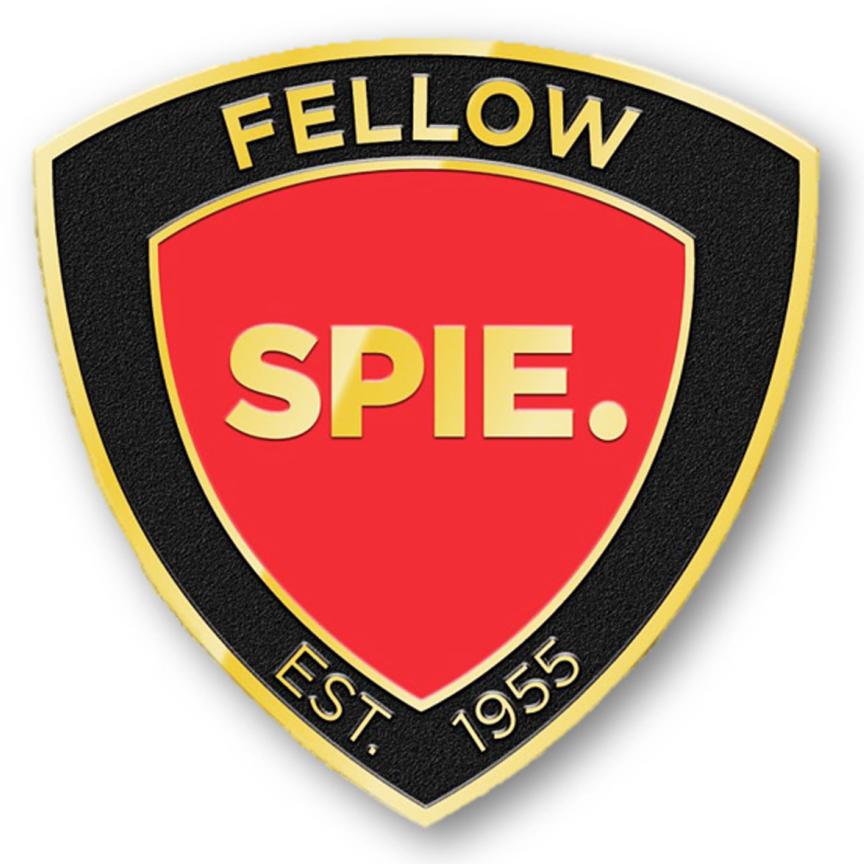Hamamatsu Photonics has been a pioneer in developing photonics technologies since 1953.
The origins of Hamamatsu lie with Heihachiro Horiuchi, who had a dream of developing photoelectric devices. Horiuchi set up his business, Tokai Electronics Laboratory, in Hamamatsu City in 1948, and from there developed PV26 phototubes, which were used for automatic on/off switching of streetlights.
In 1953, Horiuchi partnered with Teruo Hiruma and Norio Hanyu, to establish a new company: Hamamatsu TV, the aim was to bring the kind of photonic technology he was developing into industry.
Hamamatsu TV began with the development of a photomultiplier tube, which was in demand in Japan at the time. This was done to avoid the need for importing such products from overseas. Over time, the company diversified its product range and began manufacturing other photonic devices, including photodiodes, image sensors, and laser diodes. In the 1980s, the company changed its name to Hamamatsu Photonics, in line with this direction.
Organic growth through innovation
Marco Mayer, Strategic Business Development Manager at Hamamatsu Europe has been with the company for 35 of its 70 years and has seen how the company has grown and evolved. He says: “I think what's remarkable is we started with photonics from the beginning, and we are still in photonics. So the photon, from the beginning and even more today, is at the centre of all our activities. I think it’s obvious to say that many of the technologies have evolved a lot over the years. But some, astonishingly, didn't change much at all. The photomultiplier tube, for example, produced just a couple of years after we were founded and still offered today, is largely unchanged.”
Hamamatsu has grown significantly over the years, with some 15,000 photonics products and technologies found in a huge variety of applications, ranging from consumer electronics to astronomy, from industry to quantum, and many more - the list is almost endless. The company has also increased in size and reach, with offices all over the world, including Europe, Asia, and the USA, and shipping destinations spanning 100 countries. The company also has nearly 6,000 employees globally.
What’s particularly interesting is how the company has achieved its remarkable growth: steadily, and through the development of innovative photonic technologies in line with customer needs. Mayer explains: “I don't think it necessarily exploded. For example, today we have something like 6,000 employees all over the world, but we have been around for 70 years. So, I think it's a more natural growth. We never bought many other businesses, like some US companies have been doing, to build up fast in terms of turnover and people. We grew organically from the beginning and listened to our customers, which allowed us to grow. The photonics market is so segmented and scattered in technology and applications, in metrics and methods, so very few markets are huge and the ‘killer application.’ The rest, you have to work deeply to get it.”
That said, there are a few notable areas of technology where Hamamatsu has witnessed a rise in customer interest. Says Mayer: “We are very strong in analytical if you're in analytical, medical, or high-energy physics, these fields don't move quite so fast, they want improvements that are more incremental to what they are doing than disruptive demand. Of course, we do see the whole movement around PICs, and we are monitoring and investigating it to try to see what fits Hamamatsu. Therefore, we make sure we are aware of PICs or other big potential new technologies, but we also keep in mind that what the customer wants is something they can use immediately.”
Hamamatsu as a place to work
Having been with Hamamatsu for 35 years, Mayer is ideally placed to reveal the best thing about working for the organisation. "Photonics itself is incredibly interesting,” he says “because it finds applications in numerous fields. In the 35 years I have been working with the company, the areas where photonics can be used have expanded, and the technology we use to aid these areas has also advanced. When you work with a company like Hamamatsu, which covers various technologies both horizontally and vertically, it makes for an extremely engaging experience. We get to collaborate with many interesting companies and individuals, and in my 35 years with Hamamatsu, I have never been bored!"
When it comes to the secret of Hamamatsu’s success, Mayer believes the answer lies in reliability and accessible expertise. “A big thing for customers is that we are reliable in the long term,” he says. “Since we master almost everything in-house, we can decide if we stop manufacturing a product or not. Customers can then be sure when they are working with us, we continuously produce something for as long as they need it. In addition, we have around 150 sales engineers in Europe. They are not just sales engineers, many of them have PhDs and are really into photonics. The third point is that our customers can, within a very short timeframe, contact our R&D engineers. So, they get real answers from the R&D engineers about their product in a very short time.”
Find out why photonics is Hamamatsu’s business by visiting the company’s website.


